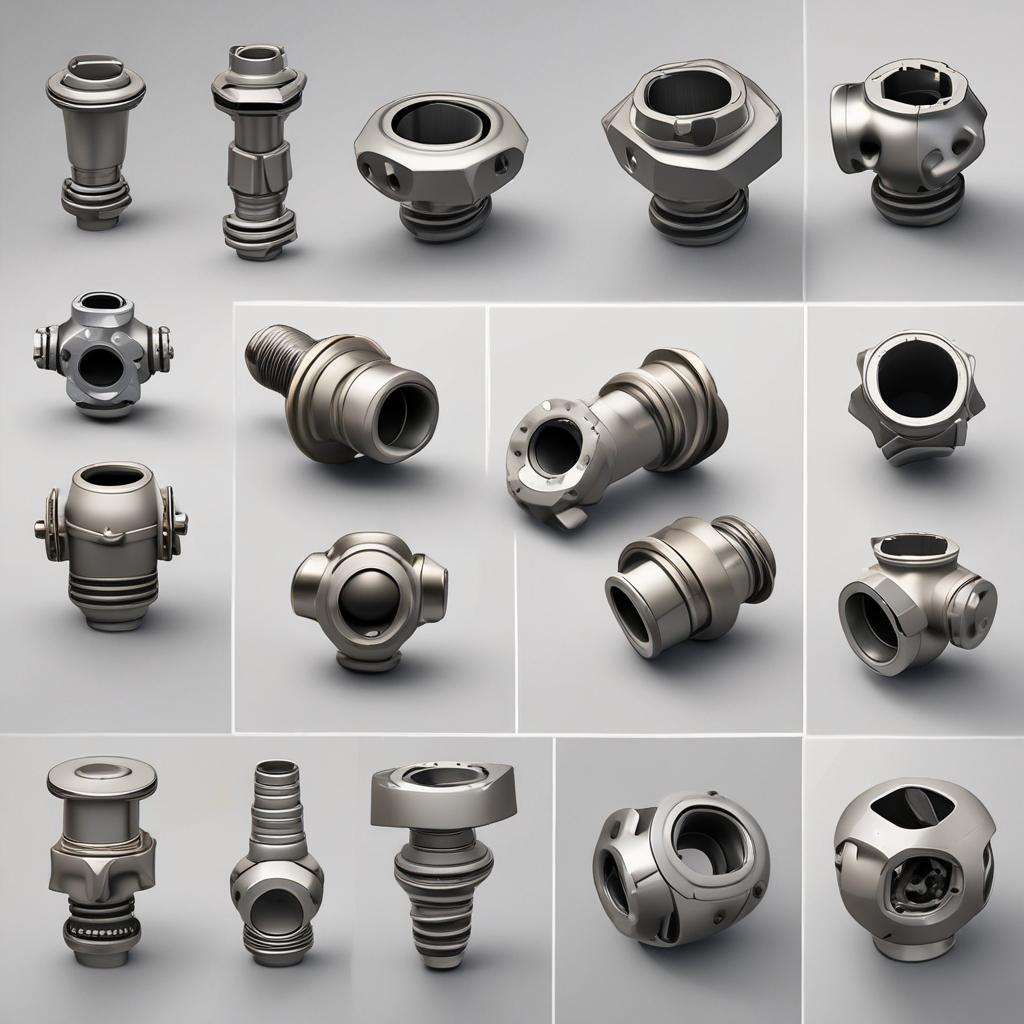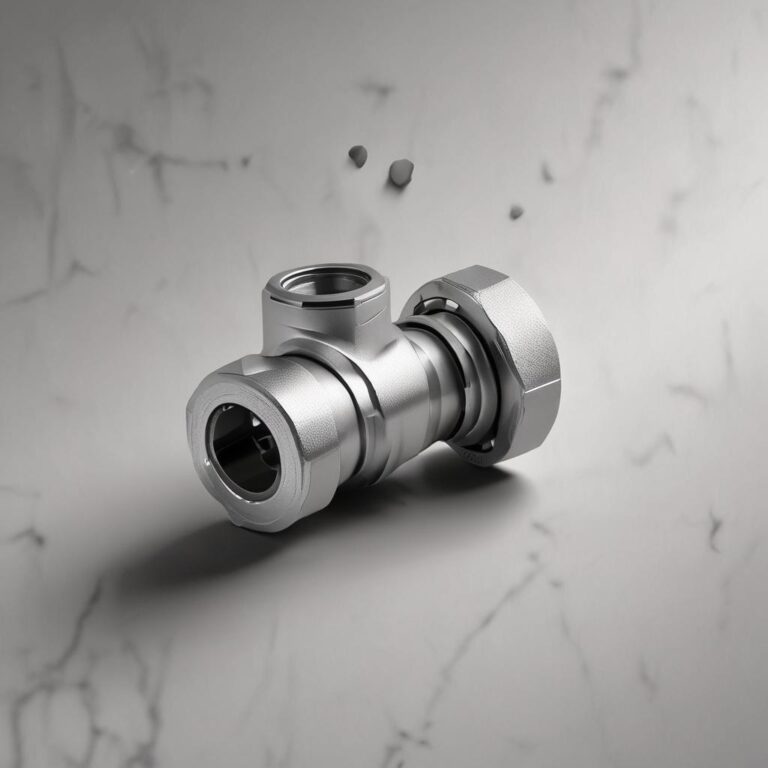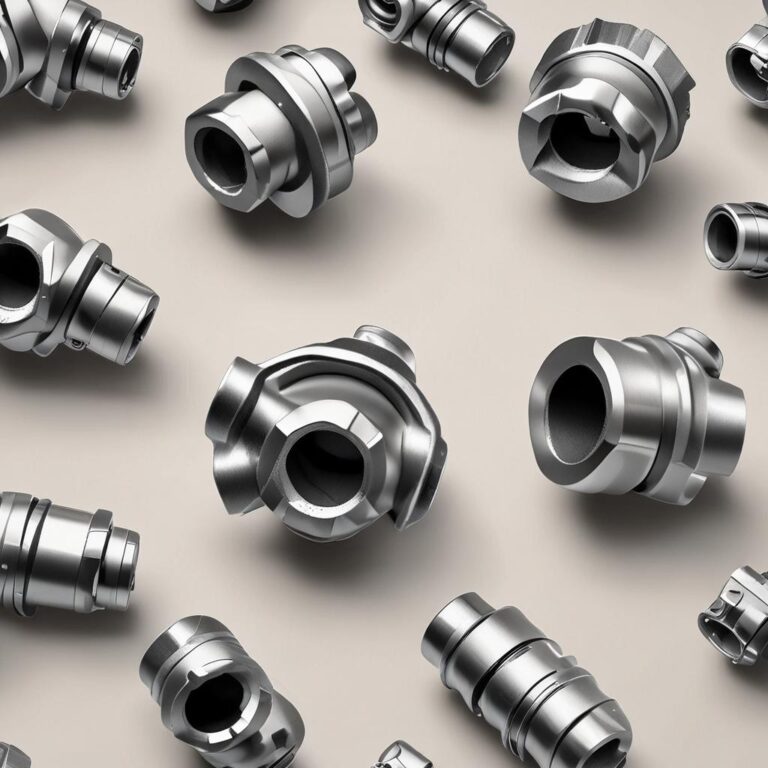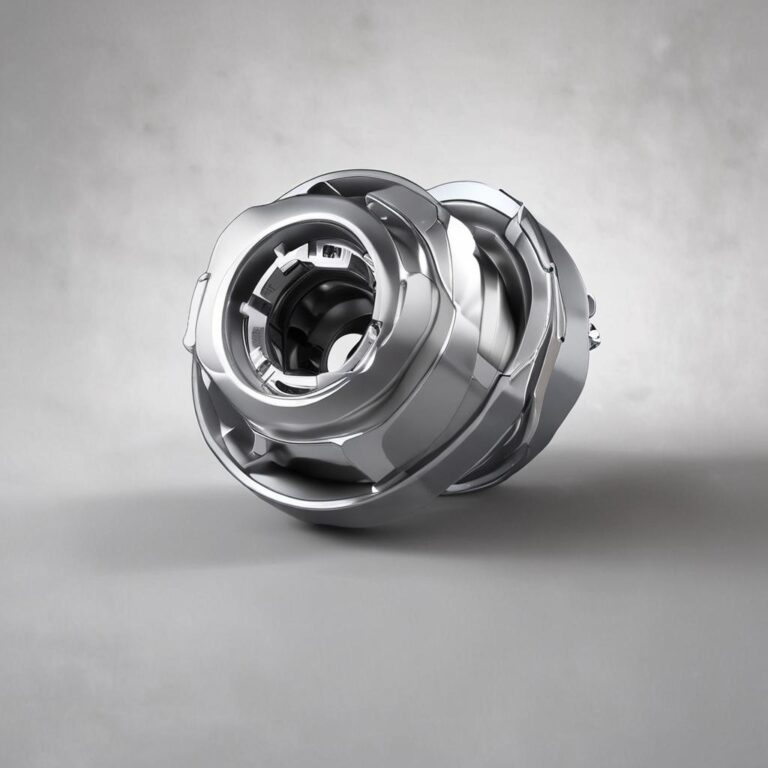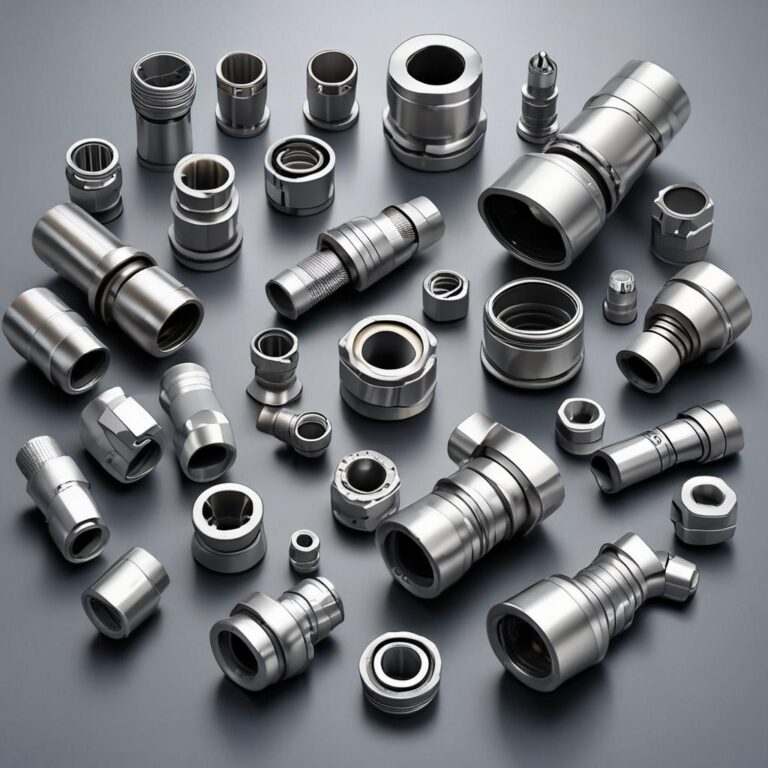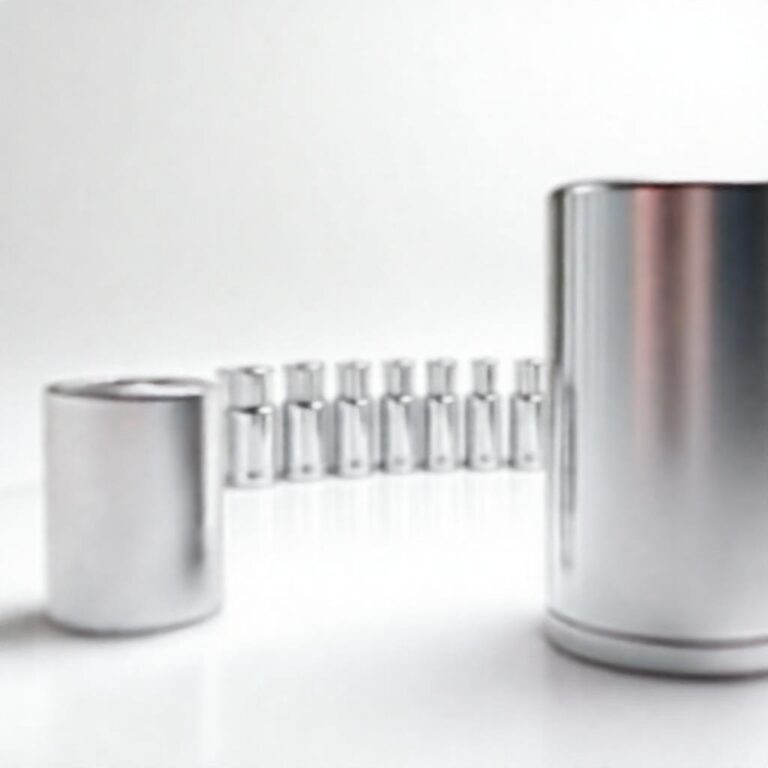Universal Joint Size Chart Explained: 1310 Vs 1350 Vs 1410
Universal joints are the unsung heroes of mechanical systems, enabling smooth power transfer between rotating shafts at various angles. Whether you’re working on a classic car, a heavy-duty truck, or industrial machinery, choosing the right universal joint size is crucial for performance, durability, and safety. With different sizes like 1310, 1350, and 1410 available, selecting the appropriate one can be confusing. This guide breaks down the differences, applications, and selection criteria for these popular universal joint sizes to help you make an informed decision.
What is a Universal Joint?
A universal joint, also known as a U-joint, is a mechanical coupling that transmits rotational power between two shafts that are not aligned. It consists of a cross (or spider) with four bearings encased in yokes, allowing the shafts to rotate at different angles while maintaining power transfer. Universal joints are essential in drivetrain systems, steering mechanisms, and industrial applications where misaligned shafts must function efficiently.

Key components include:
- Cross (Spider): The central rotating element with bearings at each end.
- Bearings: Allow smooth rotation and reduce friction.
- Yokes: Connect the U-joint to the shafts.
Why Universal Joint Size Matters
The size of a universal joint directly impacts its torque capacity, durability, and compatibility with your application. A U-joint that’s too small may fail under load, while one that’s too large can add unnecessary weight and complexity. Factors like torque requirements, operating speed, and environmental conditions influence the ideal size. For example, a high-performance off-road vehicle will need a larger U-joint than a light-duty passenger car.
Using the wrong size can lead to:
- Premature wear and failure.
- Reduced efficiency and power loss.
- Potential damage to connected components.
Understanding Universal Joint Size Charts
Universal joint sizes are standardized based on key dimensions, including cap diameter, overall width, and bearing size. These measurements determine the U-joint’s torque capacity and compatibility with your application. Size charts provide a quick reference for matching your needs to the right U-joint. For instance, a 1310 U-joint has smaller dimensions than a 1410, making it suitable for lighter loads.
When consulting a size chart, pay attention to:
- Cap diameter (the size of the bearing seats).
- Overall width (distance between yoke ears).
- Bearing size (influences load-bearing capacity).
Comparison of 1310, 1350, and 1410 Universal Joints
Comparison table for Comparison of 1310, 1350, and 1410 Universal Joints
1310 Universal Joint
The 1310 is the smallest of the three, designed for light-duty applications. It features a 1.31-inch bearing cap diameter and is commonly used in classic cars, small machinery, and light trucks. While affordable and easy to install, its torque capacity is limited, making it unsuitable for high-performance or heavy-duty use.
- Pros: Lightweight, cost-effective, easy to find.
- Cons: Lower torque capacity, shorter lifespan under heavy loads.
1350 Universal Joint
The 1350 offers a balance of strength and versatility with a 1.35-inch bearing cap diameter. It’s ideal for medium-duty trucks, performance vehicles, and off-road rigs. This size provides greater durability than the 1310 while remaining relatively lightweight. It’s a popular choice for enthusiasts upgrading their drivetrain.

- Pros: Higher torque capacity, durable, versatile.
- Cons: Slightly more expensive than 1310.
1410 Universal Joint
The 1410 is the largest and strongest of the three, featuring a 1.41-inch bearing cap diameter. It’s designed for heavy-duty trucks, industrial equipment, and high-torque applications. While more expensive and heavier, its robustness makes it ideal for demanding environments.
- Pros: Maximum strength, high torque capacity.
- Cons: Heavier, more expensive, overkill for light-duty use.
How to Choose the Right Universal Joint Size
Selecting the right U-joint size involves assessing your application’s torque and load requirements. Start by identifying the shaft diameters and angle of operation. For example, a 4×4 off-roader may need a 1350 or 1410 to handle extra stress, while a vintage car might work fine with a 1310.
Consider the following:

- Your vehicle or equipment’s torque demands.
- Future upgrades or modifications that may increase load.
- Consulting with manufacturers or mechanics for expert advice.
Installation and Maintenance Tips
Proper installation is critical for U-joint longevity. Ensure the yokes are aligned and the bearings are well-lubricated. Regular maintenance, such as greasing the bearings and inspecting for wear, can extend the joint’s life. Look for signs like excessive play, vibration, or unusual noises, which may indicate the need for replacement.
Conclusion
Choosing the right universal joint size is essential for optimal performance and reliability. The 1310, 1350, and 1410 each have unique strengths, making them suitable for different applications. By understanding their differences and consulting size charts, you can make an informed decision. Always verify compatibility with your specific setup and consider professional advice for the best results.
FAQ Section
What is the main difference between 1310 and 1350 universal joints?
The 1350 is larger and stronger, designed for higher torque applications compared to the 1310.
Can I use a 1410 universal joint in a light-duty vehicle?
While possible, it’s often unnecessary and may add unnecessary weight and cost.
How do I measure a universal joint to determine its size?
Measure the cap diameter, overall width, and bearing size, then compare to a size chart.
What happens if I install the wrong universal joint size?
It can lead to premature wear, failure, or damage to the drivetrain.
Are universal joint sizes standardized across brands?
Most sizes are standardized, but it’s always best to verify with the manufacturer’s specifications.

